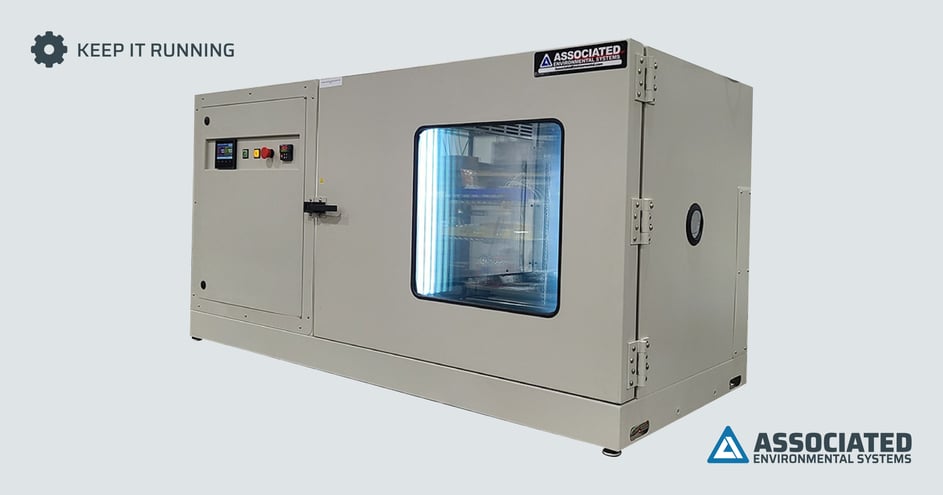How Often Should I Run My Environmental Chambers?
Environmental chambers are crucial to your company’s success. They enable you to research, develop, and test products for quality and reliability before going to market. Therefore, it’s important to keep your chambers in optimal condition.
Like most high-end machinery, chambers operate best when they’re used on a consistent basis. In addition to practicing regular maintenance, you should run your chambers between and in anticipation of testing. Doing so will not only help you identify any issues with your chambers but also approach your testing schedule with confidence.
Here are some things to consider as you establish best practices for running your chambers.
New Chambers
So, you’ve purchased brand new chambers and are ready to install them in your lab. There are a few things to take care of before starting them up. Identify a location capable of the chamber having the proper clearance (typically 18-36 inches in all directions), make sure your benchtop or floor stand is placed on a flat surface and has access to appropriate power and water sources (if applicable).
Once your chamber is unpacked, take the time to examine the chamber thoroughly. Although they’re made with high-quality materials, parts can shift during shipment. If all looks correct, run the chamber as soon as you can, ideally pushing the conditions to the temperature and humidity ranges established by the manufacturer.
Some manufacturers offer installation services, and it’s a great option. You can use the opportunity to ask questions and establish a testing routine with the help of an on-site expert.
If anything about the chambers seems off, don’t hesitate to reach out to the manufacturer. The earlier you catch issues, the better.
Intermittent Testing
Have you ever started up your car after not driving it for weeks? The engine takes a bit longer to rev up. As you ease onto the road, you notice a delay in reaching your desired speed.
You may experience a similar effect with your chambers. Now, some companies run tests almost constantly, so they tend to notice chamber performance issues as they arise. However, if your testing schedule is more intermittent, it’s important to run chambers between tests. This is especially crucial ahead of extended testing.
The easiest method to establish a consistent schedule for running your chambers is to make it part of your maintenance plan. Manufacturers recommend quarterly inspections to stay ahead of any problems.
Another consideration is calibration. It’s best practice to have your chambers calibrated every six months. This ensures data accuracy and allows you to assess your chambers’ performance with a service expert.
The Importance of Proactive Maintenance
Consistently running your chambers is about being proactive. You can ensure performance and identify small issues before they become larger ones that may require expensive repairs. This helps you maintain a testing schedule and plan ahead.
Keep in mind that well-maintained environmental chambers can last for 10 years or more. By practicing preventative maintenance, you ensure to always keep your test chamber in peak performance so you never experience downtime. Work with an experienced service team to calibrate your chambers every six months. Ask about upgrades or retrofits when appropriate. If necessary, plan to replace older chambers on a timeline that makes sense for your team and budget.
The more you take proactive care of your chamber, the greater and longer testing success you’ll have.
Associated Environmental Systems is committed to providing great test chamber service and support. Its team includes account representatives, technicians, and engineers who can help to diagnose and troubleshoot your issues. AES also has a network of factory technicians covering the East Coast, West Coast, and Midwest who are available to travel for onsite repairs. Contact us to learn more about our service plans.



